Salespeople Vs. Reality: When Dealers Misrepresent Technology, You Lose

Industry watchdogs are becoming increasingly concerned that salespeople are misrepresenting new vehicles’ semi-autonomous features to customers. Considering that most salespeople work on commission, consumers are used to hearing that prices are non-negotiable or that they will get a “great deal” on their trade-in. Dealer fibbing is par for the course.
However, claiming a car’s safety capabilities are more robust than they actually are — either due to greed or ignorance — can cost both parties more than a few extra bucks.
In an interview with Automotive News, Ibro Muharemovic, the head of advanced engineering at Continental, said that he’s dismayed by the lack of consumer understanding regarding active safety technology. Muharemovi, who worked on a lane-recognition system for an unnamed American automaker, brought his mother to a dealership in 2010 to show her the final result of all of his hard work.
“I asked the dealer what the car could do, and then he kind of scared me,” Muharemovic said. “He told me the car could drive itself. I knew for a fact that it couldn’t.”
“Bottom line, educating the consumers on the capabilities of active safety and automated driving vehicles — and highlighting the benefits of such systems — is critical,” he said.
Automotive News cited an example where Donna Lee, an overly trusting Georgian, was told during a test drive not to brake at an approaching intersection. The salesperson assumed the Mercedes-Benz GL450’s driver assistance systems would activate and bring the vehicle to a stop without driver input. Instead, the Benz collided with the stopped car in front of it at around 40 miles an hour. Lee and the salesman survived but not before demolishing several cars and giving a teenager a concussion.
Idiocy such as this isn’t exclusive to dealership sales reps. Tesla has sent some pretty mixed messages on its own hands-free driving system, leading one Model S owner to trust the technology so implicitly that he allowed it to place him beneath a tractor trailer earlier this year.
That tragic May 7th crash helped convince the National Highway Transportation Safety Administration to become more involved in autonomous technology and take a fairly conservative approach toward dealing with it. However, many groups feel its Federal Automated Vehicles Policy doesn’t go far enough establishing clear guidelines — especially in regard to making sure consumers are made literate of their own vehicle’s capabilities.
One of the biggest problems facing the NHTSA is how varied semi-autonomous technologies are between brands. In collision avoidance, some systems might attempt to bring the car to a dead stop, while others may simply slow the vehicle. Lane-keeping technology can a warn a driver when they venture outside the lines, but some cars actively manage steering inputs to keep the car in its lane.
Mike Jackson, CEO of AutoNation, said that he doesn’t think the problem or confusion will be effectively solved until fully autonomous vehicles begin to arrive on dealership lots.
“Until then, it’s going to be a mess,” he told AN.
Even with the proposed training, Jackson thinks dealerships would still face significant problems as driver assist and semi-autonomous tech becomes more prevalent.
Despite training efforts by automakers, Jackson said, there may be systemic dealership issues that could cause significant problem. The National Automobile Dealers Association has data showing exceptionally high staff turnover rates — 65 percent for salesmen and 88 percent of saleswomen in 2015.
With retention so low, dealerships will always be at a disadvantage when it comes to having enough informed and tech-savvy employees on hand. Still, Jackson doesn’t even seem to believe that an average salesperson is even capable of discussing technical features with consumers in a meaningful way.
“A lot of people who love talking about technology, the last thing they want to do is talk about price,” Jackson said. “That’s not what they want to do with their days. It’s an oxymoron. They don’t go together.”

A staunch consumer advocate tracking industry trends and regulation. Before joining TTAC, Matt spent a decade working for marketing and research firms based in NYC. Clients included several of the world’s largest automakers, global tire brands, and aftermarket part suppliers. Dissatisfied with the corporate world and resentful of having to wear suits everyday, he pivoted to writing about cars. Since then, that man has become an ardent supporter of the right-to-repair movement, been interviewed on the auto industry by national radio broadcasts, driven more rental cars than anyone ever should, participated in amateur rallying events, and received the requisite minimum training as sanctioned by the SCCA. Handy with a wrench, Matt grew up surrounded by Detroit auto workers and managed to get a pizza delivery job before he was legally eligible. He later found himself driving box trucks through Manhattan, guaranteeing future sympathy for actual truckers. He continues to conduct research pertaining to the automotive sector as an independent contractor and has since moved back to his native Michigan, closer to where the cars are born. A contrarian, Matt claims to prefer understeer — stating that front and all-wheel drive vehicles cater best to his driving style.
More by Matt Posky
Latest Car Reviews
Read moreLatest Product Reviews
Read moreRecent Comments
- MaintenanceCosts Most of the article after the blockquote is Posky laboring mightily to somehow blame this clearly anticompetitive and oligopolistic conduct on the big bad government.I look forward to some of the usual commenters explaining to us that, actually, the oil industry is a cuddly teddy bear and the real villain is people trying to sell us cars that don't use oil.
- Bd2 A modest price bump for one of the better if not the best vehicle in it's class. And it's a very good deal still considering the Front wheel drive competition over at Lexus to name one. These Genesis vehicles are more like BMWs of the 90s but with better styling.
- Dave M. What???? Big business taking advantage of us? I thought it was all Biden's fault!?!
- OA5599 Now if we could only get Toyota to change BZ4X...
- FreedMike You mean the petroleum market is manipulated and doesn't respond to normal supply/demand? No way. Can't be. This, folks, is why electrification is important - the only reason why the petroleum industry gets away with this is because they were the only game in town for over a century. That has GOT to change or we'll keep getting ripped off.


















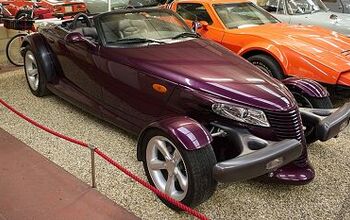

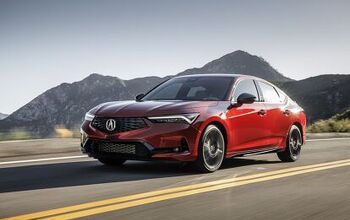
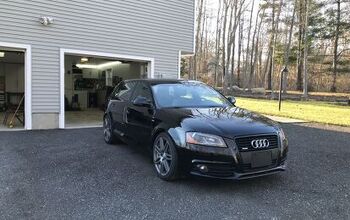
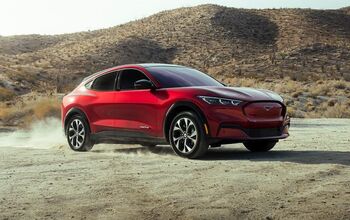
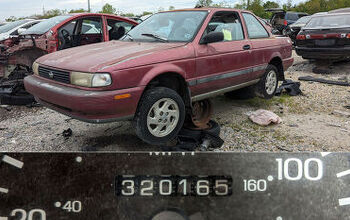

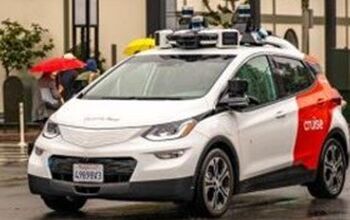


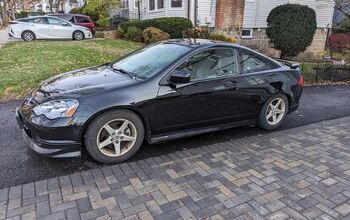
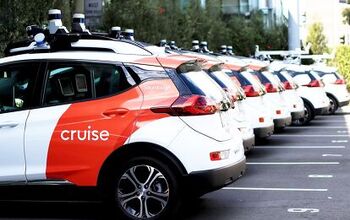


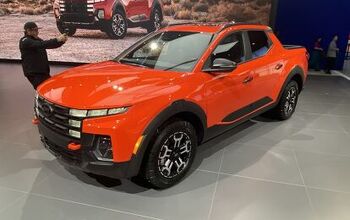
Comments
Join the conversation
This reminds me of a true story about a corporate real estate agent in Toronto. He was bragging about how strong the windows were in a building on the 30th floor to a bunch of impressionable summer interns. To prove his point, he ran into the window, expecting it to hold up. It didn't. 300 feet down.
Dealers can get away with this kind of dishonesty - and every other kind of lie regarding the products they're selling - because People Hate Math.